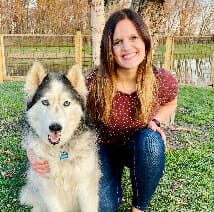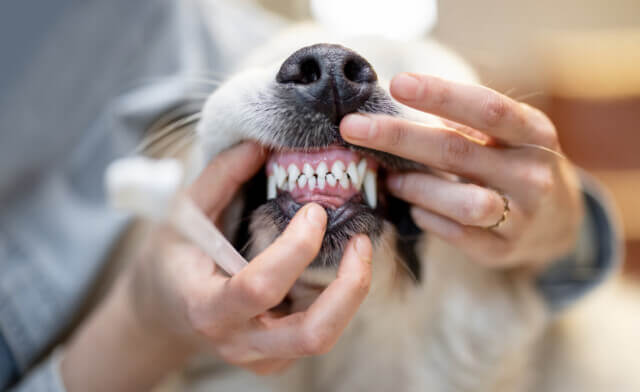Dog Exercise Tips to Help with Weight Loss
Providing healthy eating options and exercise opportunities for our pups are two of the ways we can help our furry friends live a long and happy life! Here are several tips to help come up with the perfect exercise routine for your dog and keep those calories in check.
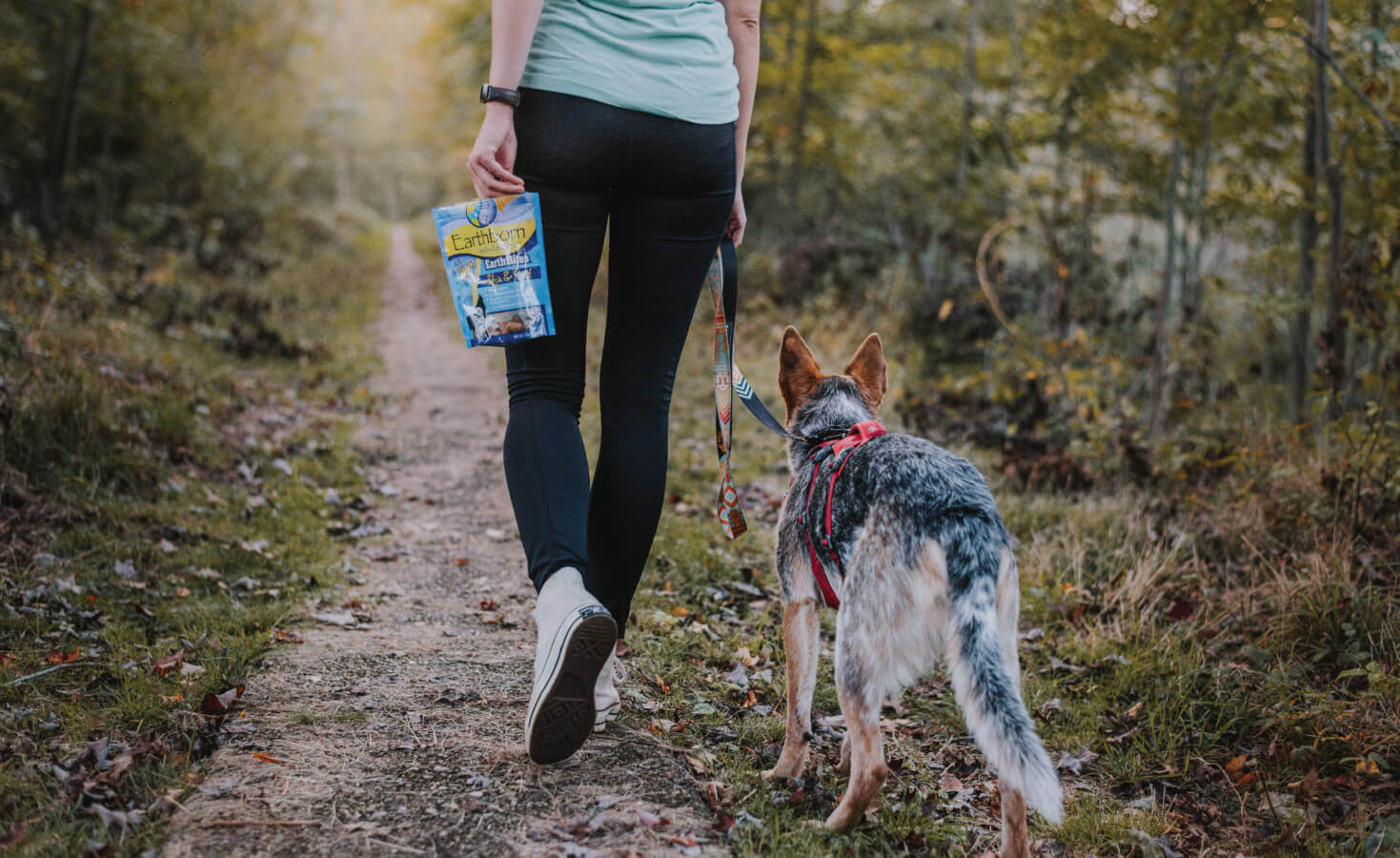
The Benefits of Dog Exercise
Do dogs need exercise? Of course they do and a simple way to start is by going for a walk!
The benefits of walking your dog can include losing weight, helping with cardiovascular health and meeting other health goals for both you and your dog. Routine exercise such as walking or swimming can also be very beneficial for maintaining dog joint health and helping to delay or prevent the onset of arthritis when they become a senior dog!
Beyond the physical benefits, there are several mental health benefits as well! For you, walking can serve as a way to unplug and enjoy some quality time outside. For your pup, he/she gets to interact with a new environment that may have different people to greet, new animals to interact with (and not chase), unique smells, different sounds, etc. All of these provide valuable mental stimulation which helps with overall doggy behavior and even healthy sleep patterns.
Some of the effects of not walking your dog or providing enough exercise or mental stimulation can be boredom, depression, anxiety or destructive behavior. If you find that your dog exhibits any of these behaviors, you might try increasing the amount of daily exercise your pup is getting to see if it helps. If exercise is not the culprit, be sure to consult with your vet in case there is an underlying issue.
Overall, walking is a great opportunity to exercise with your dog, and provides an easy way to bond, spend time together and stay healthy. Plus, you’re getting the perfect accountability partner to help with your fitness goals… Cute and hard to say no to!
Simple Dog Exercises for all Pups
Beyond walking your dog there are several other forms of exercise you can start incorporating into their daily activities. Scheduling play sessions with other dog owners is a great way to get in some exercise and also help with socialization for your pup (and yourself)!
Incorporating toys, like a frisbee, tennis ball or a stick into play time can make for a great game of fetch. My Siberian Husky, Brody, absolutely loves playing fetch especially if it involves the lake. It’s my backyard version of dock jumping (without the dock), but we’ve found it’s a great way for him to cool off on hot days. Plus, since he’s 10 years old the swimming aspect is perfect for his older joints.
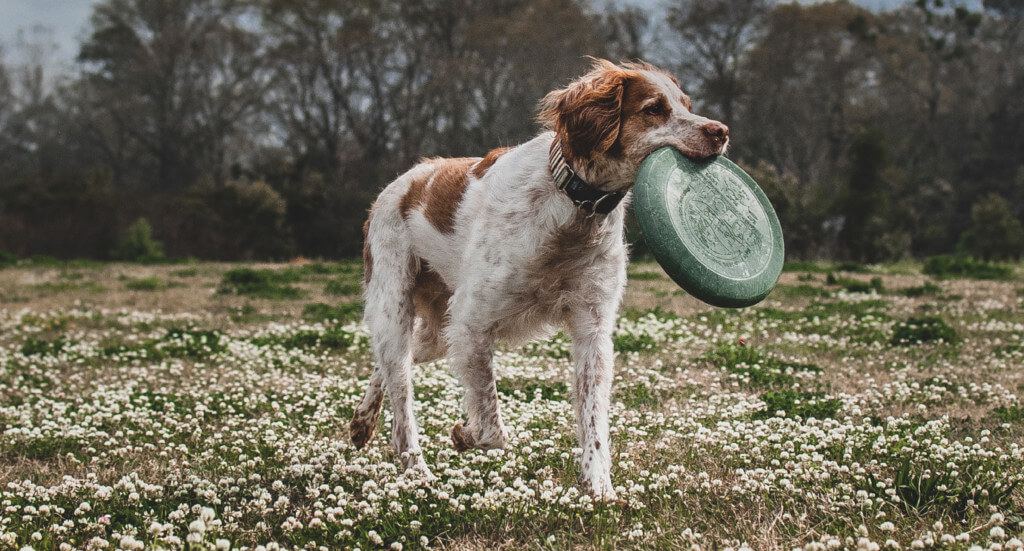
Now, let’s talk about the Zoomies! You know those times when all of a sudden your dog gets that crazy look in his eyes, runs laps around the yard like a furry race car and then proceeds to turn into his/her very own version of a tornado? Yup, your pup had a classic case of the Zoomies!
These very random explosions of energy are a normal occurrence in dogs and can be caused by many different things like seeing a new dog or their favorite human, or getting out of their crate.
If you do notice a case of the zoomies starting up, the best thing you can do is try to direct your dog to a safe area away from a road if outside or if inside somewhere where they can’t knock items over or run into household objects. Then just get out of the way. Could you imagine if humans had the zoomies?
Another fun activity to do with your pup is hide and seek. You can choose to hide and then call out your dog’s name to see if they can find you. Another way to play is to hide one of their favorite toys or hide treats throughout the house or yard. All of these versions of this classic game are easy and can provide a lot of fun for your pup.
Training your dog is another great way to bond, increase mental stimulation and teach fun tricks and good behaviors. When starting to train your dog it’s important to find an environment with little to no distraction and also to choose an enticing reward or high value training treat. High value treats tend to be moist treats or something your dog doesn’t normally receive on a regular basis.
Teaching the common tricks such as sit, stay, speak are fun, but I know it was important for me to also teach a “Leave it” command. This way if there was food or an item dropped like medication, I could say “Leave it” and Brody would not eat it. Consider your daily life and environment and go for a healthy mix of fun and safe commands when training your dog.
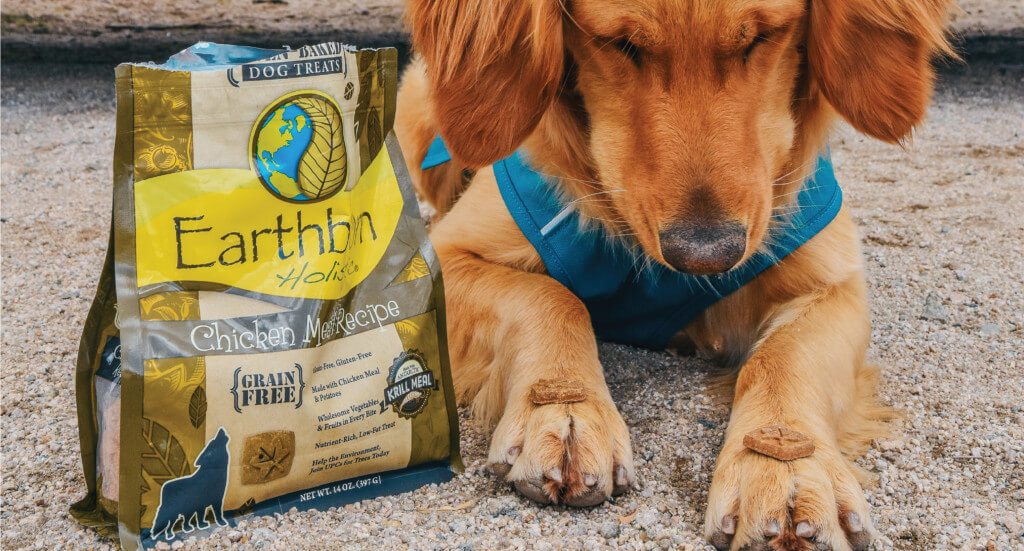
Causes of Obesity in Dogs
Exercise is very important in helping to decrease the amount of obesity in dogs. With that being said there are also several other causes of obesity to consider. For overweight dogs symptoms can vary from tiredness, excessive panting, having a thick layer of fat so ribs are unnoticeable, and an overall lack of mobility.
Hypothyroidism in dogs is a condition that relates to the thyroid gland and its inability to make enough of the hormone, thyroxine, that controls metabolism. It’s a common disease in dogs and can affect all breeds, but seems to be more common in dogs between the ages of 4 to 10 and breeds such as Golden Retrievers, Dachshunds, Doberman Pinschers, etc.
Some of the signs of hypothyroidism include hair loss, weight gain and sluggishness. There is no cure for hypothyroidism, but there is treatment that can be taken daily to improve symptoms and quality of life.
Cushing’s disease is a condition in which the adrenal glands overproduce certain hormones. There are three different causes of this disease: Pituitary gland tumor, adrenal gland tumor, and excessive cortisol from extended use of steroids.
Some of the symptoms of Cushing’s disease include increased appetite and water consumption, panting, a bloated or pot-bellied abdomen, chronic skin infections, dark colored spots, and constant bladder infections. Please consult with your vet if your dog is experiencing these symptoms as determining the cause of the disease is important to finding the right way to treat it.
Arthritis in dogs, feeding high calorie dog food, or table scraps are also common causes of obesity in dogs. Finding low impact exercise options such as swimming provides a great way to get physical activity without putting too much stress on the joints. Eliminating table scraps and feeding a weight management recipe can also help keep calories in check.
Dog Exercise Needs by Breed
So you’re probably wondering how much exercise should a dog get? As a general rule most dogs should get around 30 minutes to two hours of physical activity each day, but a lot of that depends on their breed, age, and overall activity level. It might be helpful to utilize a dog breed exercise chart or look up your specific breed on AKC to find out your pup’s energy level. It’s important to always consult with your vet before starting a new routine.
Sporting Dog Breed Exercises
Sporting dogs were bred to help hunters catch and retrieve game. Some of the most commonly known breeds within this category are Labrador Retrievers, German Shorthaired Pointers and Cocker Spaniels. Water activities such as swimming with your dog and dock diving are perfect for these water-loving pups. Also taking them to an agility course or joining a flyball team are also great ways to utilize their energy and socialize with other dogs.
Small Dog Exercise
Small dogs require less exercise than larger, more active dogs and do well with short walks throughout the day. And even though they may be small, don’t count out your small dog when it comes to activities like hiking–small dogs make great hiking partners, too!
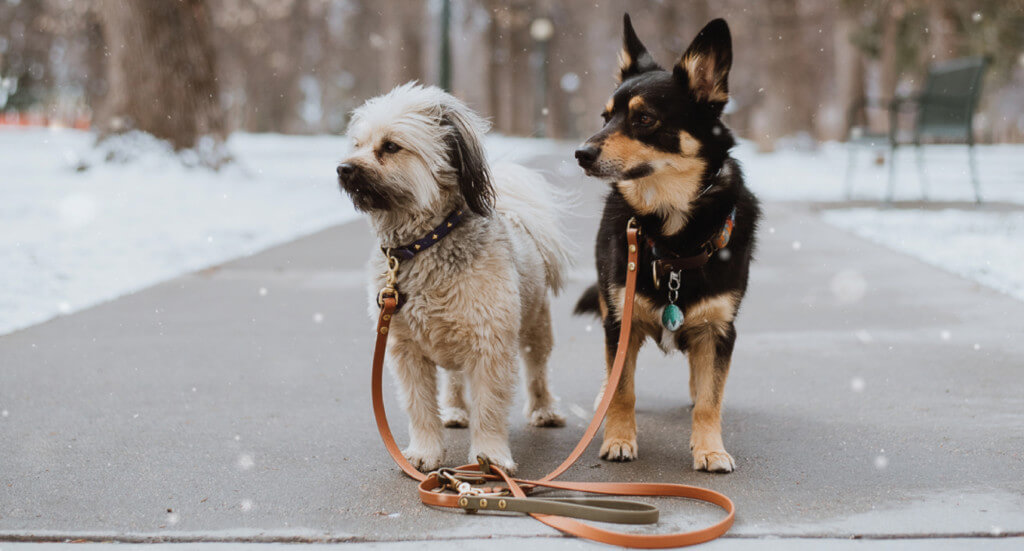
Another great way to stimulate your little dog’s mind and help keep their sometimes larger than life attitudes in check is by obedience training. You can tackle this on your own or sign your small dog up in a local obedience class.
Working Dog Breed Exercises
Working dogs such as Boxers, Siberian Huskies and Great Danes were bred to help humans with a multitude of tasks including pulling sleds, guarding homes and families, and even for search and rescue operations. These dogs require a good amount of exercise each day to stay fulfilled. If you are in an area with some trails, try hiking with your dog. It can be a little more stimulating than a walk in the neighborhood and with hills and changing terrain may provide more of a challenge for your working dog.
Herding Dog Exercises
Border Collies, German Shepherds and Australian Shepherds are some of the most well known dogs in the herding group family. Known for being extremely intelligent and highly-trainable these dogs are great with humans and need a job to help focus their higher energy levels.
Running with your dog can be a great way for both of you to exercise together. However, leash running with your dog can be tricky starting out so make sure to start slowly and progress when your dog is ready. For those rainy days, we suggest exercising your pup’s mind with a variety of puzzle toys. They range in difficulty and usually provide a treat reward at the end.
Terrier Dog Exercise
Dogs in the terrier group, such as West Highland White Terrier, Scottish Terrier and Airedale Terrier were bred to hunt, kill rodents, and to guard their families home or barn. This group of breeds can be stubborn and is known to have higher energy levels so getting adequate daily exercise is important.
Scenting or Scent Work is a mentally stimulating activity which allows your dog to utilize his/her sense of smell to detect odors and use their innate tracking skills to find it. Once found, they are rewarded and can progress to the next round. This is a great activity for you to do with your dog.
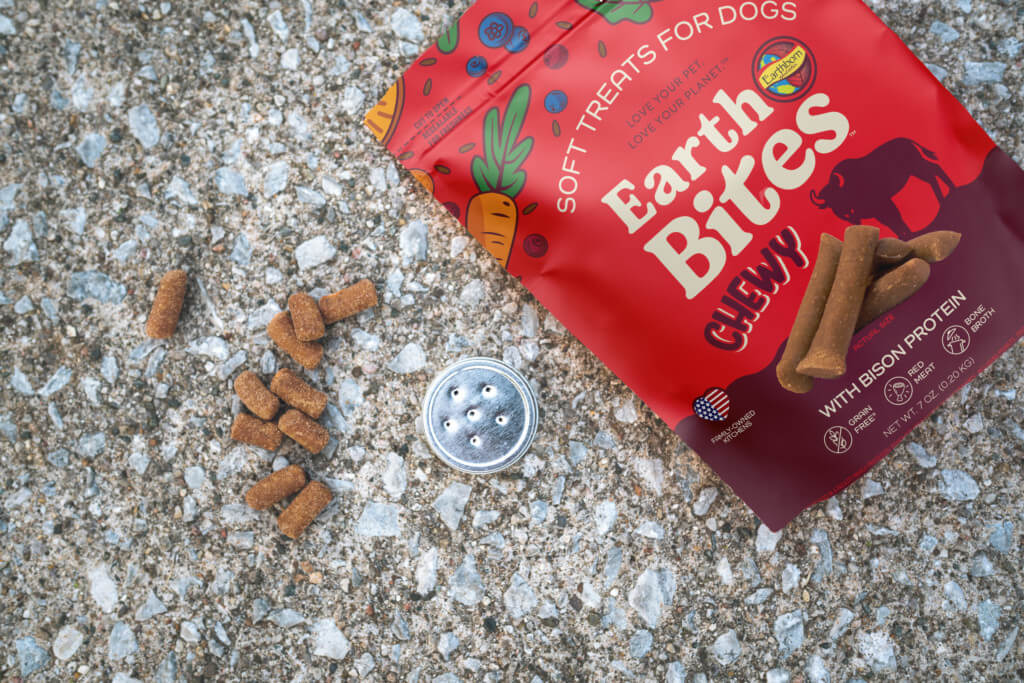
Dogs such as Jack Russell Terriers or Rat Terriers are highly intelligent and have endless energy which can be channeled on an agility course.
Finally, something as simple as jogging can also provide an energy outlet for your pup! Similar to running with your dog, plan to start slower and then move up in distance as your pup gets more comfortable jogging on a leash.
Where to Exercise Your Dog
The good thing about exercise is that it can be done anywhere and everywhere! The easiest way to start is to exercise at home. If you have access to a fenced in yard, you can start simply by playing fetch, throwing the frisbee, engaging in tug-of-war with a rope toy or playing hide and seek!
If you don’t have access to a backyard or you are just looking for more social opportunities it might be a good idea to check out the dog parks in your area. Once you find a park to try, be sure to be respectful and read the rules thoroughly before entering. Most parks require that your pup is up-to-date on all vaccinations!
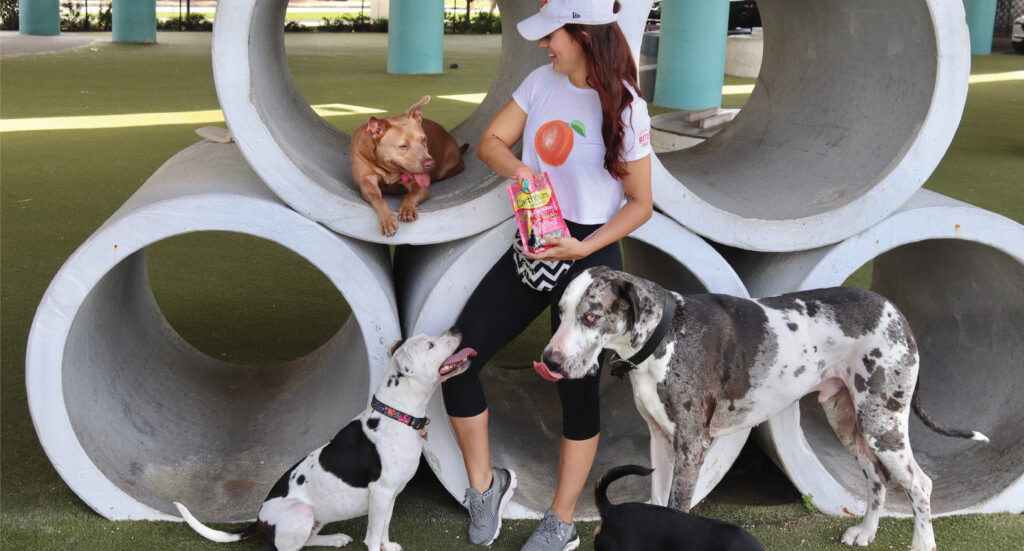
Remember to always be ready to correct aggressive or unwanted behavior. And of course, don’t forget to clean up after your pup, too! That means picking up poop and filling in a hole that your pup may have dug during playtime.
If you live near the coast, a nice dog friendly beach can provide a great amount of exercise opportunities. This is another place where you want to be sure to be respectful and read the rules before entering. A lot of beaches require you to keep your dog on a leash at all times, but there are a few where you can go off leash and interact with the fellow furry beachgoers depending on your comfort level.
At some of the busier beaches, there may also be specific times where dogs are allowed on the beach and specific times when they are not due to the crowds.
Hiking with your dog can be a great way to get exercise and experience nature with your canine. Before you set out on your adventure be sure to do your research and find the best dog friendly trails near you.
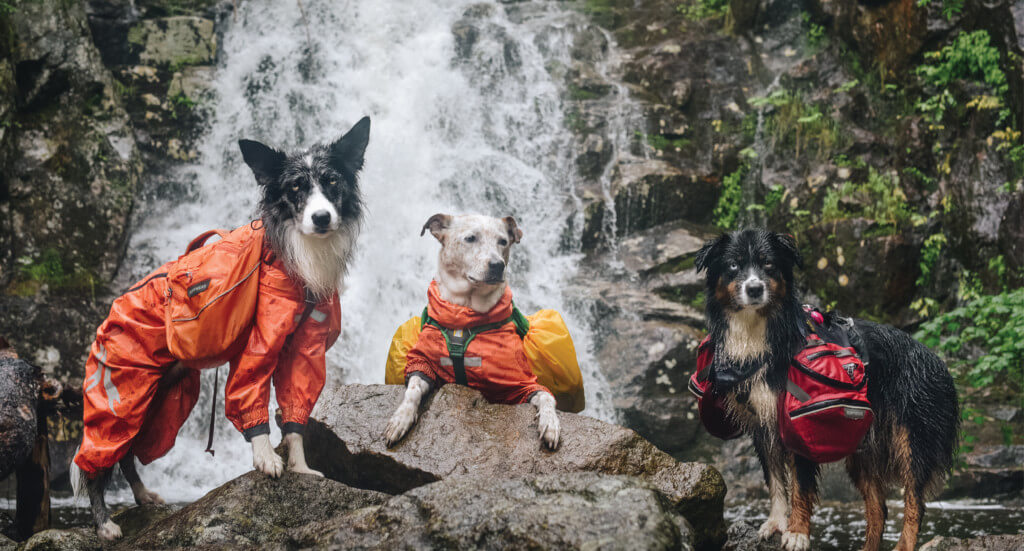
If you are new to hiking with your dog, it is recommended to keep your pet on leash especially since there’s a chance to see wildlife. If your dog gets used to hiking and is very well trained then hiking off leash might be an option for you. It’s a good idea to have a first aid kit ready for emergencies.
If you are wanting to take fitness and teamwork to the next level try joining an agility competition for dogs. While being timed, your dog will go through obstacles while you, the handler, instructs your pup where to go. It’s very much a team event and a great way to bond with your dog. If you are interested in agility, try searching for agility groups in your area.
While there are definitely breeds that are more known in the agility space, don’t be discouraged as all dogs and personalities have a chance to thrive. Dog sports are a wonderful way to meet fellow dog lovers and in addition to great exercise, it can also help your dog build skills and confidence.
Seasonal Dog Exercises
Year round exercising can be a little tricky if you live in an area that changes seasons, but with a little planning you can still find a way to exercise and you may even enjoy the change in activities.
Summer Dog Exercises
The summer months can be brutal depending on your part of the country making outdoor physical activities harder to do. Even going for your normal walk can be difficult if the temperature is too hot.
A common question is, “How long to walk your dog in summer?” The answer really can vary depending on temperature, breed and age. If you plan to walk your dog during the summer months, try to walk early at sunrise or walk later after sunset when the temperature is a little cooler.
Don’t forget to also check the ground temperature by using the 5 second rule to determine if the ground is too hot. Simply place your hand on the ground or pavement and if it’s too hot to leave your hand there for 5 seconds then it’s too hot for your dog to walk on.
Paddleboarding or swimming with your dog are probably some of the best hot weather exercises as it’s a great way to exercise and stay cool. A very popular myth is that all dogs are natural swimmers. While quite a few can pick it up pretty quickly, not all dogs are as graceful in the water and need a lifejacket or swimming lessons to be safe. Never leave your pup unattended while in the water.
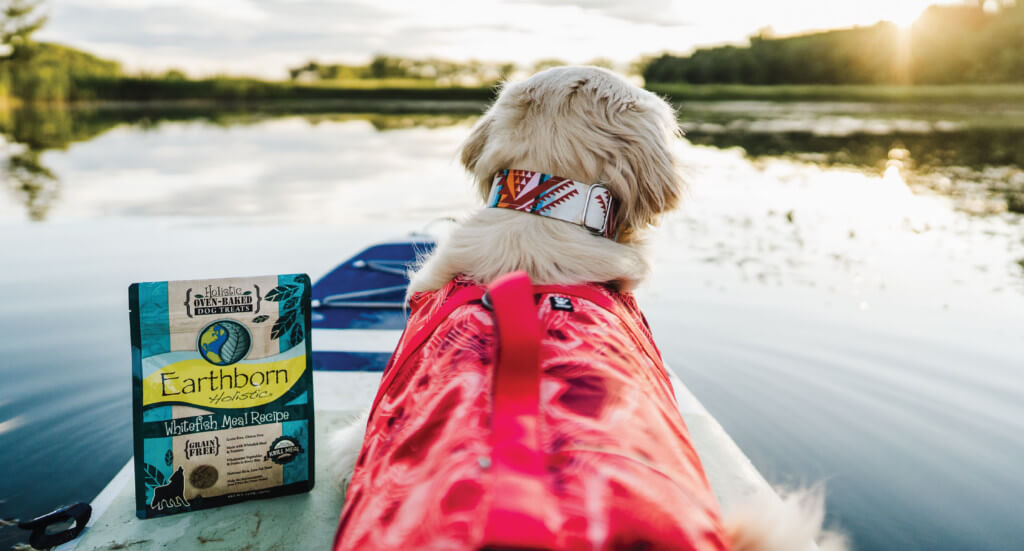
Doggy daycare is another great socializing and physical activity that helps get your dog out of the house. A lot of daycares provide air conditioning as well in the summer months to help facilitate safe and comfortable play.
Winter Dog Exercises
So when is it too cold to walk your dog? And do dogs get cold in the winter? As with summer activities, the answers can really vary depending on your dog’s breed, coat type, size, weight, conditioning along with age and health. Of course my Siberian Husky basks in the cold air and likes to lie down in the snow like he’s sunbathing in the middle of the summer, but not all dogs have a nice built in parka coat. According to PetMD:
“In general, cold temperatures should not become a problem for most dogs until they fall below 45° F, at which point some cold-adverse dogs might begin to feel uncomfortable. When temperatures fall below 32° F, owners of small breed dogs, dogs with thin coats, and/or very young, old or sick dogs should pay close attention to their pet’s well-being. Once temperatures drop under 20° F, all owners need to be aware that their dogs could potentially develop cold-associated health problems like hypothermia and frostbite.”
Let’s talk about how to exercise your dog in the winter. If your dog is anti-cold, you may just need to find a way to move playtime indoors. The variety of indoor exercise for dogs is determined by the amount of safe play space you have available. If you have a large amount, you can move common games like tug of war inside. If space is an issue, you might look into more mentally stimulating games like snuffle mats, puzzle toys or indoor doggy daycare options.
For cold-loving dogs or if your dog’s in the snow a lot, it might be a good idea to invest in some winterized dog booties to protect their pads from the cold, rain or snow. If your dog has never worn booties, it’s important to introduce them slowly to help create a positive experience. Patience and some tasty treats are key!
Once your pup has become comfortable with the booties on, then it’s time to practice walking in them. Have your camera ready because what you are about to see is some very cute and awkward walking as your pup adjusts to their new footwear. Once your pup learns how to walk in the boots, he/she will be ready to take on winter.
Now if your dog loves cold weather and you live in a place that has good cross-country skiing opportunities then skijoring might be for you. Skijoring is the act of being pulled over snow and ice on skis by a dog, horse, or motor vehicle.
For starters your pup should weigh at least 30 pounds, be over one year of age and hopefully already enjoys running on the snow. This is a fun winter recreational activity, but it can also be a competitive sport if you get into it and want to take it to the next level.
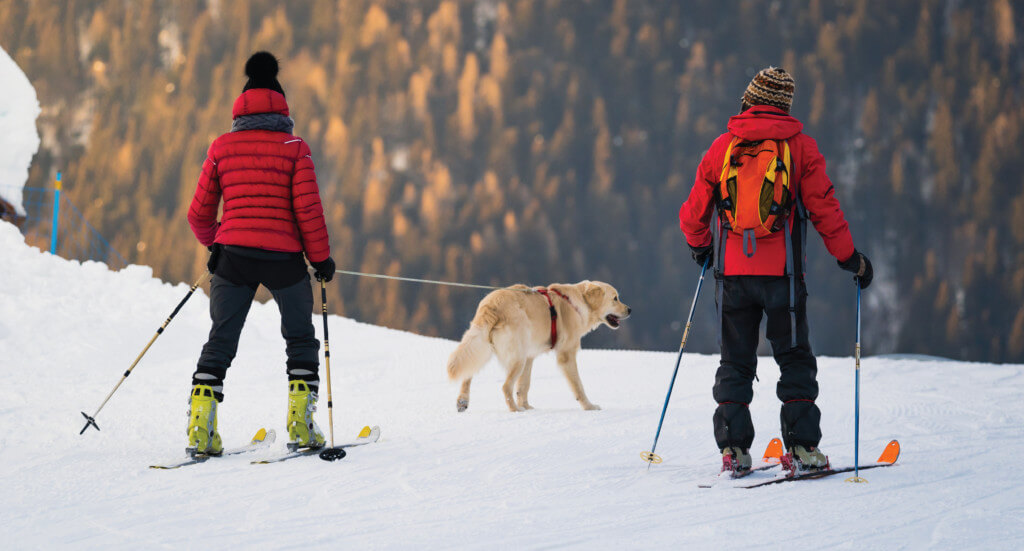
How Weight Loss Dog Food can Help
When looking for weight loss dog food, the main thing you want to look out for is fat content. A low fat dog food will be a much better option for your dog if they need to lose a few extra pounds. Our Weight Control recipe is a low-fat dry dog food recipe that features the lean protein turkey meal as its number one ingredient. It also comes in at 315 kcal per cup, making it a great low-calorie option for your dog.
Free feeding is not recommended when your pup is trying to lose a few pounds so it’s a good idea to keep portion control in mind. All of our products have recommended feeding guidelines easily available on the back of our packaging. Use these guidelines as a starting point, but note that it can vary by your dog’s breed, age, temperament and activity level. It’s always a good idea to consult with your vet when you make dietary changes.
By combining the right food and exercise in a weight loss plan, your pup will be well on their way to weight loss.
Food to Maintain Your Dog’s Weight
Now that your pup has lost some of those extra pounds with a great exercise routine, how do you maintain it? Our Weight Control dog food is complete and balanced and is still a great option for maintaining weight moving forward.
We also offer some low fat dog treats and low calorie dog treats so your pet can still get tasty rewards, too! If your dog loves a good crunch, our Bison Meal Recipe oven-baked biscuits are low fat and come in at 9 kcal/treat! If your pup is a softy at heart, our EarthBites Lamb Meal Recipe and Skin & Coat moist treats are low fat and only 5 calories per treat. These grain free and gluten free dog treats are great options to add in moderation.
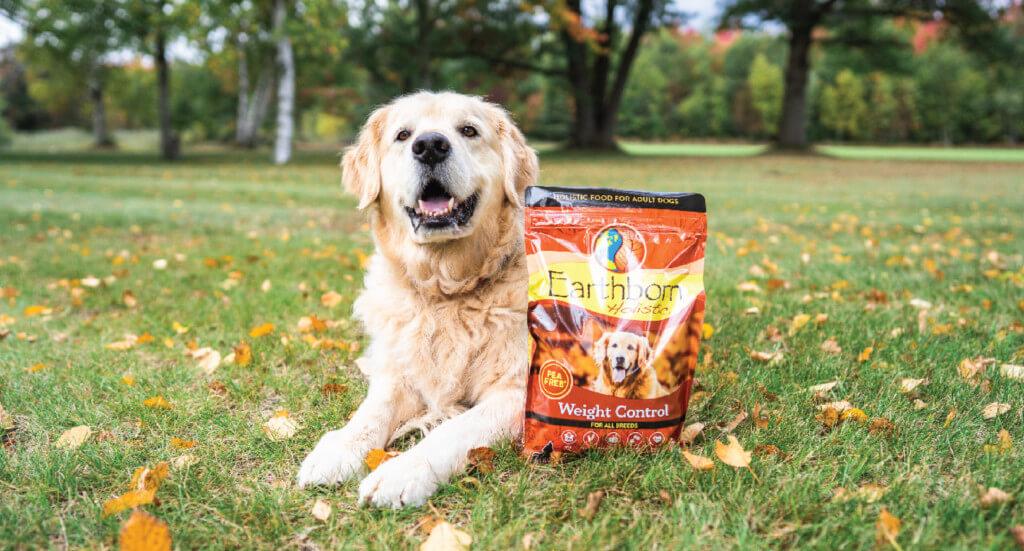
Safety Tips for Dog Exercise
Starting a dog exercise program when your pup is younger sets them up for a chance of better health as they get older. With that being said, it’s also important to remember that puppies are still growing and too much exercise can cause issues with bones and joints.
So what are the exercise guidelines for puppies and how long should puppy play sessions be? A lot of it depends on your puppy’s breed and activity level. There have been studies showing possible links between over exercising your dog and orthopedic disease in large breed dogs so you need to be extra careful if your new puppy falls into the large breed category.
In general, you can start by taking short walks with your puppy to help with leash training and socialization and then mix these with several indoor/outdoor play sessions at different times a day. Throw in several naps and you’ve already filled up your puppy’s schedule.
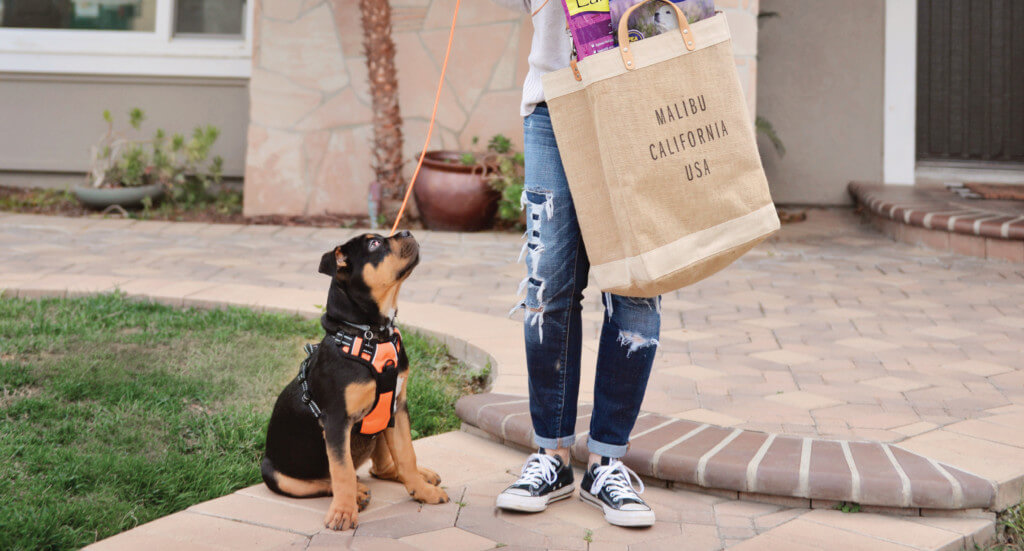
A good rule of thumb is that your puppy can walk 5 minutes for every month of age. For example, a 2 month old puppy can walk 10 minutes, a 3 month old can walk 15 minutes, a 4 month old can walk 20 minutes and so on. As your puppy grows you should be able to adjust their regular exercise accordingly.
Be sure to watch out for signs of overexertion in dogs like lameness, overheating, excessive panting/drooling…etc especially when walking dogs in hot weather.
